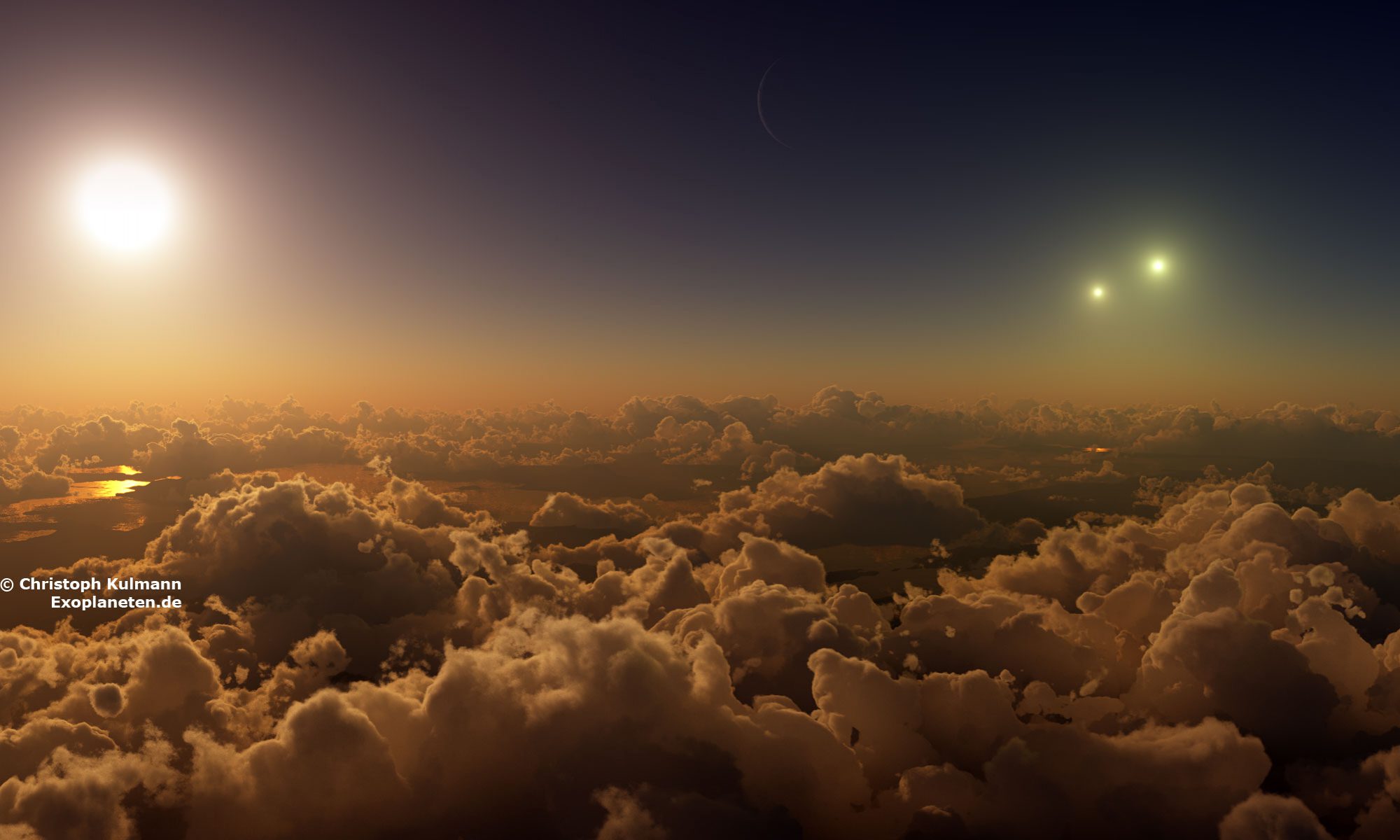The habitable planet of Alpha Centauri B has been the topic of intensive research since its discovery was announced in 2035. For decades, arrays of telescopes have been aimed at this world and scientists tried to extract every bit of information from blurry images. Poets wrote entire volumes of phantastic stories about the lifeforms they thought existed there...
When the first expedition touched down on September 5th 2396, scientists noted the huge areas of swamp covering most of the northern continent. One of the most remarkable creatures they recorded was the Selachophyton, more like an animal than a plant, though it is immobile for most of its life. The Selachophyton waits patiently in the shallow waters and damp shores for prey. Any careless creature venturing too close may find itself within the predator's fangs. Growing 4-5 meters tall, the Selachophyton is a creature to be respected.
Later - and totally illegal - private sightseeing tours noted cases of people missing after visiting a Selachophyton stand, so authorities advise you to watch this lifeform only from a save distance.
